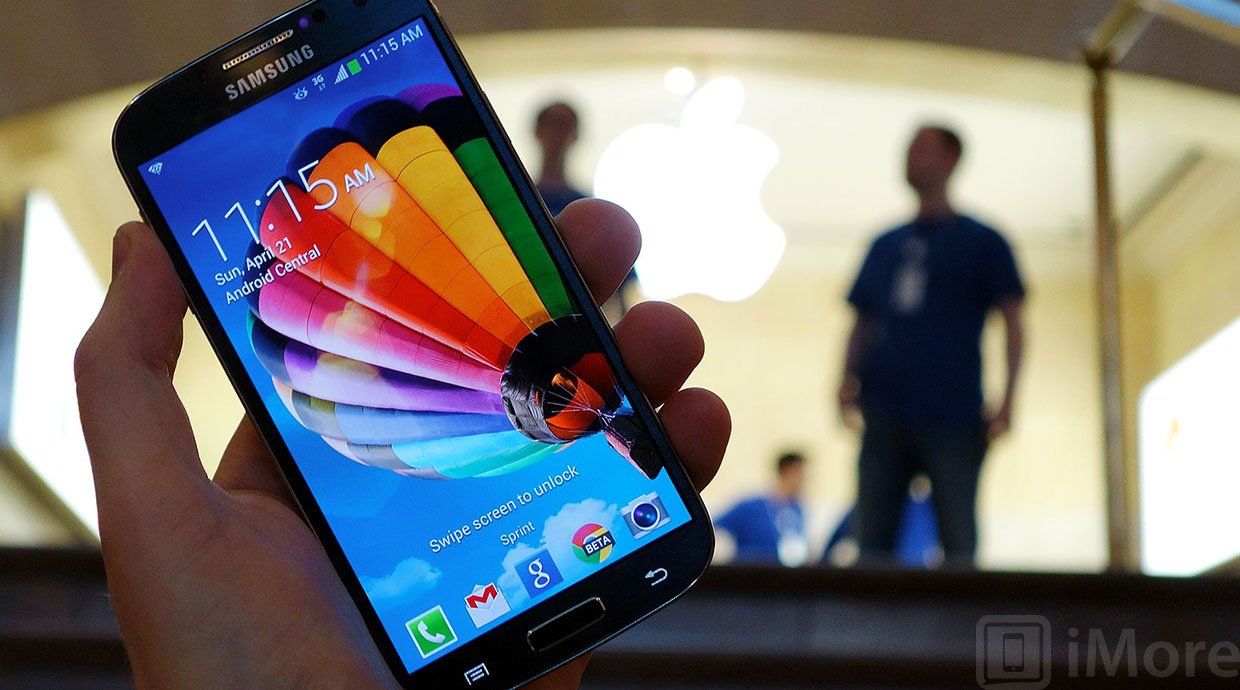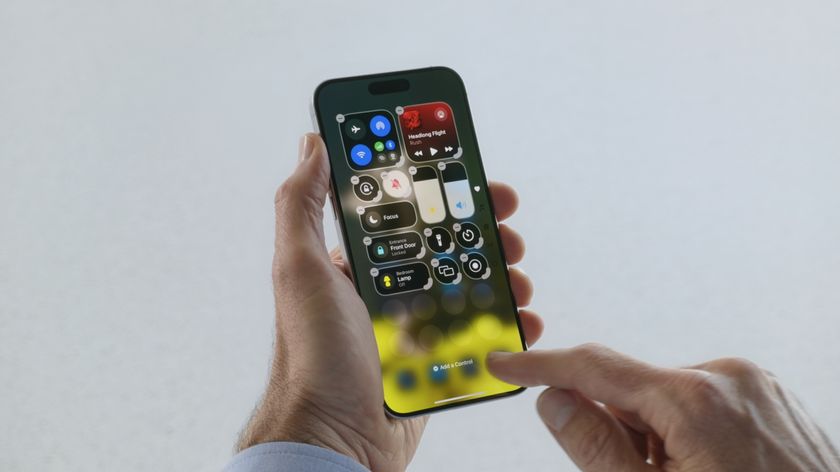iPhone 5 vs. Samsung Galaxy S4: Which should you buy?

Apple's iPhone 5 has been around going on 6 months now, but Samsung's Galaxy S4 has only just now hit the streets, and already we're being asked the question -- which one should you buy?
Never mind the iPhone 5 is last year's model, until Apple announces a new one this is the phone that's sitting on the shelves next to the Galaxy S4 and that makes the question a real one for real people. And luckily, it's a fairly easy one to answer, because both phones are different enough -- philosophical opposites in many cases -- they'll likely appeal to different audiences.
I attended the Samsung Galaxy S4 event in NYC with Phil Nickinson, and had a chance to try out the phone then. I've also had a chance to use it this week while Alex Dobie was working on his comprehensive Samsung Galaxy S4 review. So while I haven't gone as in-depth as those guys, I've had the chance to form some opinions.
The Galaxy S4 has a 5-inch SAMOLED screen compared to the iPhone 5's 4-inch LED IPS in-cell display. On size and size alone, the Galaxy S4 wins. If all you want is as much screen real estate possible this side of a phablet, the Galaxy S4 takes it hands down. If you want a smaller display that's easier to fit on tight hipster pockets or use one-handed, the iPhone 5 will be more to your liking. Samsung also cleans Apple's Retina clock with a 1920x1080 (1080p) display, compared to Apple's 1136x640.
When it comes to display technology, however, the iPhone 5 cremes the Galaxy S4. Not only does Apple use in-cell display to make the pixels look like they're part of the glass, IPS LED LCD -- sorry for all the initials -- just looks and works better. Samung sticks with SAMOLED, which, like OLED in general, just isn't great for displays. It does save on power and produce nice blacks, but it remains overly saturated, subject to an annoying blue-shift, and just doesn't hold up as well under direct sunlight. Also, Samsung has stuck with an odd sub-pixel arrangement -- some variant or another of PenTile -- and while it's very difficult to see at that resolution, it's still not as good as the traditional RGB layout.
Samsung has also stuck with plastic for their casing, which not only doesn't feel as good as the plastics used by HTC and Nokia, it feels downright cheap compared to the aluminum and glass casing of the iPhone 5, and the aluminum used in the new HTC One. Samsung's plastic does make it easier for them to include a door for a removable battery and SD card, but I'm happy enough to recharge my phone when I need to, and I'd rather not have a cheap-feeling experience all day, every day, when I'm using it.
The software is a mixed bag as well. I love that Samsung is trying so many things and experimenting with so many things. Sure, some of them are beyond wacky, but some of them might just be wonderful as well. Companies that throw things against the wall do sometimes find what sticks, and that's how we get the future faster.
Master your iPhone in minutes
iMore offers spot-on advice and guidance from our team of experts, with decades of Apple device experience to lean on. Learn more with iMore!
I just wish they'd hire some really good designers to give the icons and interface a once-over because it still comes off as an afterthought, inconsistent and utilitarian.
Overall, it's a good improvement over last year's Galaxy S3. Some are calling it a Galaxy S3S, similar to Apple's S-class iPhone updates, but the screen size increase and some of the other hardware features make it more than that. Just not a lot more.
However, it remains a largely uninspired and un-opinionated phone. The beige box of mobile. It'll be a best seller, no doubt about it. Maybe even the best seller this year. But If you don't want an iPhone 5 -- and there are some valid reasons for not wanting an iPhone 5 -- I wouldn't recommend a Galaxy S4. If you love phones and you love Android, I'd recommend an HTC One far, far more.
But don't take my word for it, read Alex's review, and then come back and let me know what you think.

Rene Ritchie is one of the most respected Apple analysts in the business, reaching a combined audience of over 40 million readers a month. His YouTube channel, Vector, has over 90 thousand subscribers and 14 million views and his podcasts, including Debug, have been downloaded over 20 million times. He also regularly co-hosts MacBreak Weekly for the TWiT network and co-hosted CES Live! and Talk Mobile. Based in Montreal, Rene is a former director of product marketing, web developer, and graphic designer. He's authored several books and appeared on numerous television and radio segments to discuss Apple and the technology industry. When not working, he likes to cook, grapple, and spend time with his friends and family.










